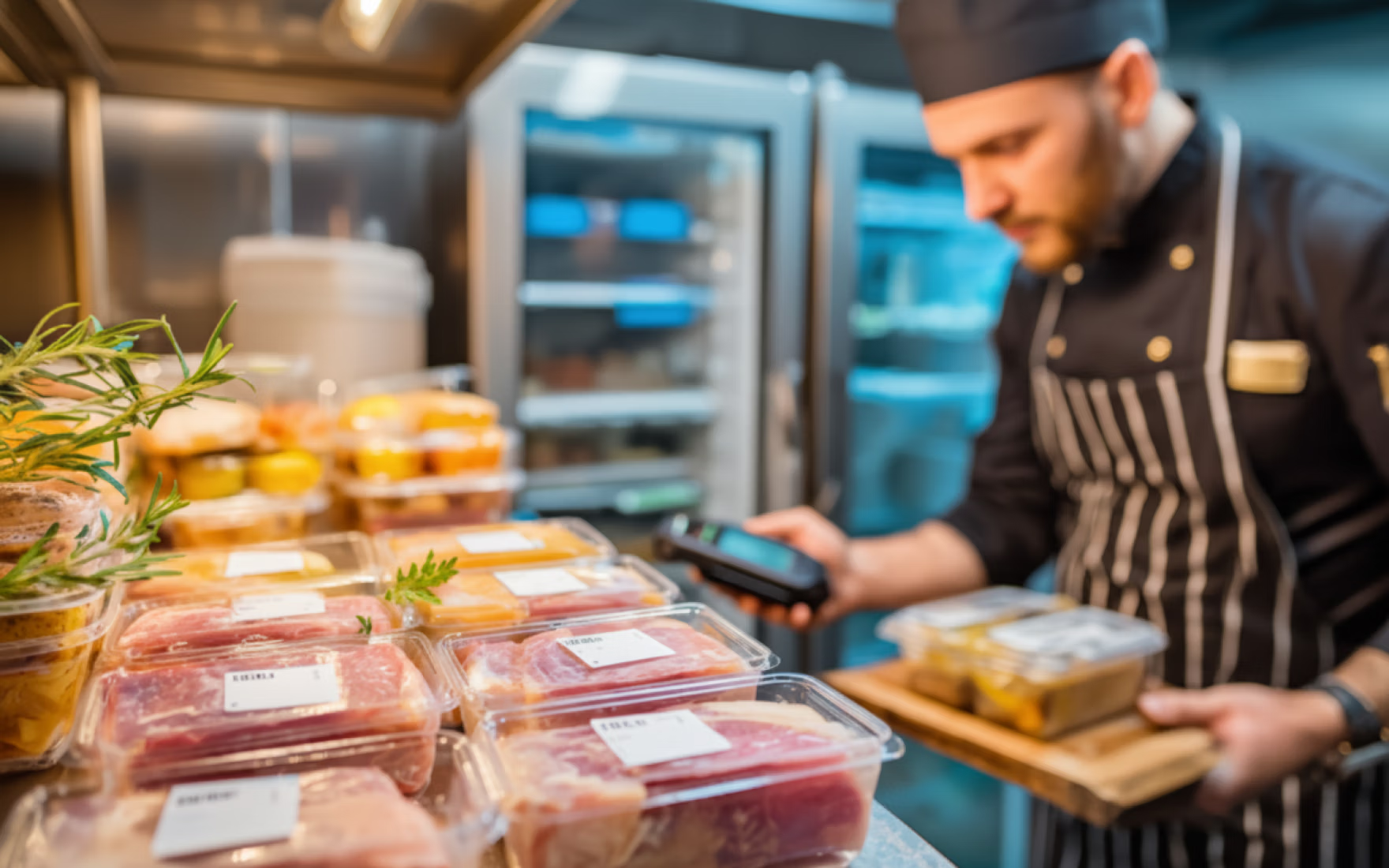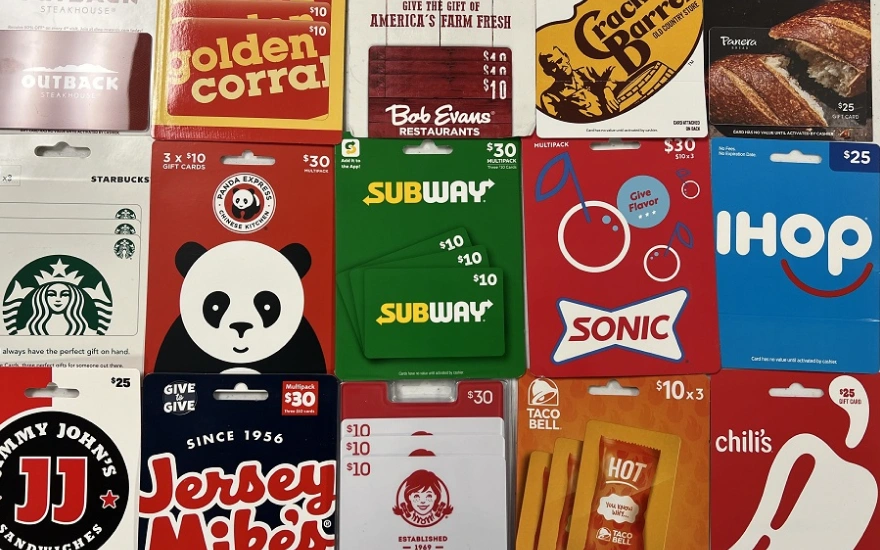How Will California's Junk Fee Ban Impact Your Restaurant?

The hospitality industry in California has been under scrutiny for its practice of adding various surcharges to customer bills. In response, the state has enacted a new law aimed at eliminating these so-called "junk fees." Starting July 1, restaurant owners will need to navigate significant changes to their billing practices due to this legislation.
In this article, we’ll be taking a comprehensive look at what SB 478 entails and how you can prepare your restaurant for the upcoming changes.
What Is SB 478?
SB 478, also known as the Junk Fee Prevention Act, is a new California law designed to prohibit businesses, including restaurants, from adding hidden surcharges to customers' bills. This includes fees that are not disclosed upfront or are deemed unnecessary. The new law says that companies doing business in California cannot advertise, offer, or display a price for goods or services unless it includes all mandatory charges other than taxes and shipping. The law aims to promote transparency and fairness in pricing, ensuring that customers only pay the advertised price for goods and services.
When Does the California Junk Fee Ban Come Into Effect?
The California Junk Fee Ban, established under SB 478, was signed into law by Governor Newsom in October 2023 and will come into full effect on July 1, 2024. This gives businesses a limited window to adjust their pricing and billing practices to comply with the new regulations.
Why Was SB 478 Passed?
SB 478 was introduced to combat the growing issue of hidden fees in various industries, including the hospitality sector. These junk fees often catch consumers by surprise, leading to higher-than-expected bills. By eliminating these fees, the law aims to protect consumers, enhance trust, and promote a fair marketplace.

How Has The Public Reacted to California's Junk Fee Ban?
The public reaction to the junk fee ban has been largely positive. Consumers appreciate the move towards greater transparency and fairness in billing practices. Many have expressed relief at no longer having to deal with unexpected charges on their bills. However, some business owners are concerned about the potential financial impact and the challenges of adjusting to the new regulations.
How Does California's Junk Fee Ban Impact Restaurants?
For restaurants, the junk fee ban means a considerable shift in how they structure their pricing. Previously, many establishments added surcharges to cover costs such as health benefits, kitchen appreciation, or credit card processing fees. With SB 478, these surcharges must be eliminated or transparently included in the advertised prices. This change will require careful financial planning and strategic adjustments to maintain profitability.
According to the frequently asked questions (FAQs) issued by the California Attorney General’s Office, SB 478 requires that any mandatory fees be disclosed in the advertised price of goods and services. Failure to do so can open restaurant owners up to claims brought by customers. These claims could result in a penalty of $1,000 per violation, plus allow consumers to recoup attorneys’ fees and other damages.
How Will SB 478 Impact Labor Costs?
One of the major areas affected by the junk fee ban is labor costs. Restaurants that previously relied on surcharges to offset labor expenses will need to find new ways to cover these costs. This could involve re-evaluating wage structures, adjusting staffing levels, or finding efficiencies in operations. Restaurant owners must assess their labor budgets and make necessary adjustments to ensure continued financial health.

How to Prepare for the Junk Fee Ban
To comply with SB 478 and minimize its impact on your restaurant, consider the following suggestions:
Update Menus to Remove Any Mention of Surcharges
Ensure your menus accurately reflect the total prices of your offerings without any hidden fees. This transparency will build trust with your customers and keep you compliant with the new law.
Increase Menu Prices or Minimum Suggested Tip Percentage
To offset the loss of revenue from eliminated surcharges, consider adjusting your menu prices or suggesting a higher minimum tip percentage. This approach helps maintain your revenue while abiding by the law.
Re-evaluate Your Labor Budget
With the changes in fee structures, it's essential to review your labor budget. Ensure that your new revenue model can still cover all labor expenses. Tools like Push Reports and Insights can assist in optimizing labor costs and provide detailed reporting to help manage your finances effectively.
Communicate Changes to Staff
Ensure all staff members are aware of the new law and understand how it impacts their roles, especially those involved in billing and customer service.
Educate Customers
Inform your customers about the changes and the reasons behind them. Use signage, social media, and your website to communicate the benefits of transparent pricing.
Update POS Systems to Remove Any Auto-Charges
Check your point-of-sale (POS) systems to ensure they do not automatically add any prohibited surcharges. This will help avoid accidental violations and streamline the billing process.

Review Supplier Contracts
Evaluate your contracts with suppliers to identify any hidden fees or surcharges you might be paying for goods or services. Negotiate better terms to reduce costs and improve your profit margins.
Implement Cost-Cutting Measures
Look for areas where you can reduce expenses without compromising quality. This could include renegotiating vendor contracts, reducing waste, or finding more efficient ways to operate.
Invest in Staff Training
Provide additional training for your staff to enhance their skills and productivity. This can help improve service quality and efficiency, which can boost your bottom line.
Explore Alternative Revenue Streams
Consider offering new services or consumables, such as catering, meal kits, or branded merchandise, to diversify your income and offset the impact of the junk fee ban.
Enhance Customer Loyalty Programs
Strengthen your loyalty programs to encourage repeat business. Offer incentives such as discounts for frequent diners or special promotions.
Monitor Compliance Regularly
Establish a system to regularly review and ensure compliance with SB 478. This can help you quickly address any issues and avoid potential fines or penalties.
Final Thoughts on California’s Junk Fee Ban
The implementation of SB 478 represents a considerable shift for California's restaurant industry. By eliminating junk fees, the law aims to enhance pricing transparency and fairness. For restaurant owners, adapting to these changes will require strategic adjustments and careful financial planning. By updating menus, revising POS systems, and re-evaluating labor budgets, restaurants can navigate this transition smoothly.
To learn more about how Push can help optimize your labor costs and streamline your operations, book a demo today.



